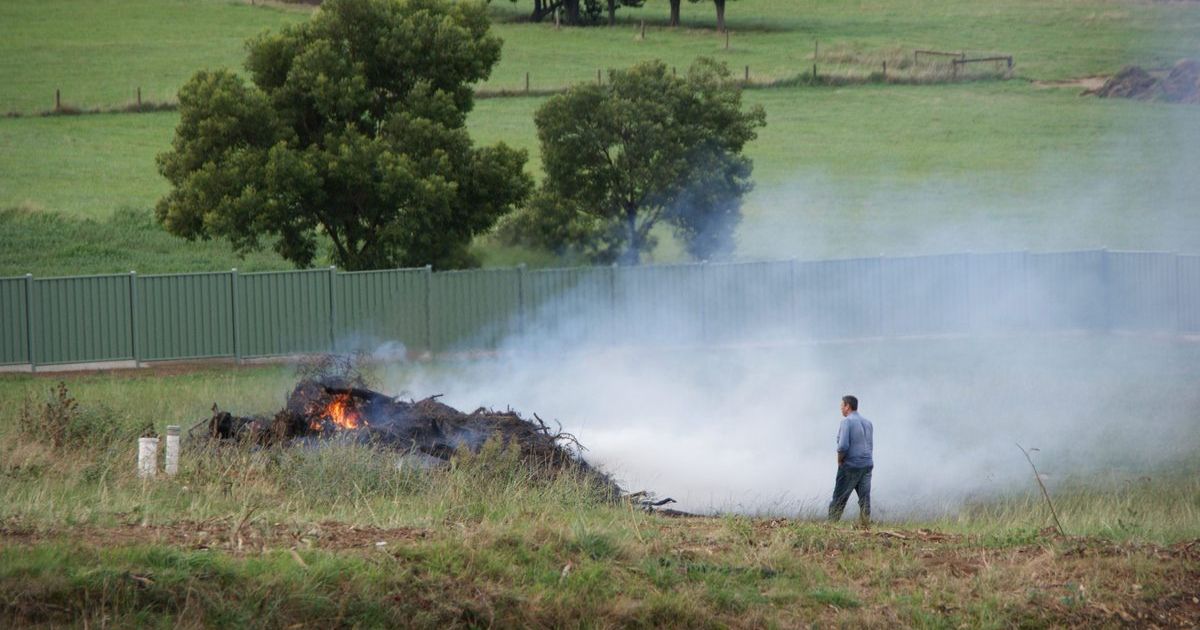Alliance calls for better rural health care

Proposal: The National Rural Health Alliance says a Primary care Rural Integrated Multidisciplinary Health Services model could improve wellbeing of people living in remote areas. Photo: FILE
RESEARCH released by the Australian Institute of Health and Welfare has suggested many people based in regional and rural areas are living with illnesses which could have been prevented if they had closer access to health services.
Members of the National Rural Health Alliance have said they’re concerned residents of remote Australia – home to millions of people – are being hospitalised at a higher rate with preventable conditions and diseases.
The alliance is calling for better hyper-local early intervention and ongoing care initatives to be funded and rolled out.
“We often see rural communities neglecting or putting off their health issues due to limited access to primary care, exacerbated by the tyranny of distance and cost of services,” said National Rural Health Alliance chief executive, Susi Tegen.
“This leads to a cascade of problems, including overwhelming an already strained hospital and emergency system. This brings us to consider the need to increase strategic and fit-for-purpose investment in rural health care.
“Given Australia’s annual health spending deficit of $6.55 billion in rural Australia, as discovered through independent research last year, we strongly advocate for greater investment in rural health care for communities, which enable multidisciplinary and place-based solutions according to needs.
“The Alliance proposes the Primary care Rural Integrated Multidisciplinary Health Services (PRIM-HS) model, which is community-led and co-designed to meet the specific health needs of communities to promote the preventative aspect of health.
“The model aims to improve primary healthcare experiences, provide culturally safe, high-quality care which would become a major contributor to reduce the rates of potentially preventable hospitalisations in rural, regional and remote Australia, with Federal and State government partnership.
“Government funding to support this model would mean more rural primary care practices could continue to exist or be established in rural areas to provide essential care that many metropolitan communities take for granted.”
Fifty three national organisations are part of the alliance which aims to boost the health of more-than seven million people in rural Australia.

















